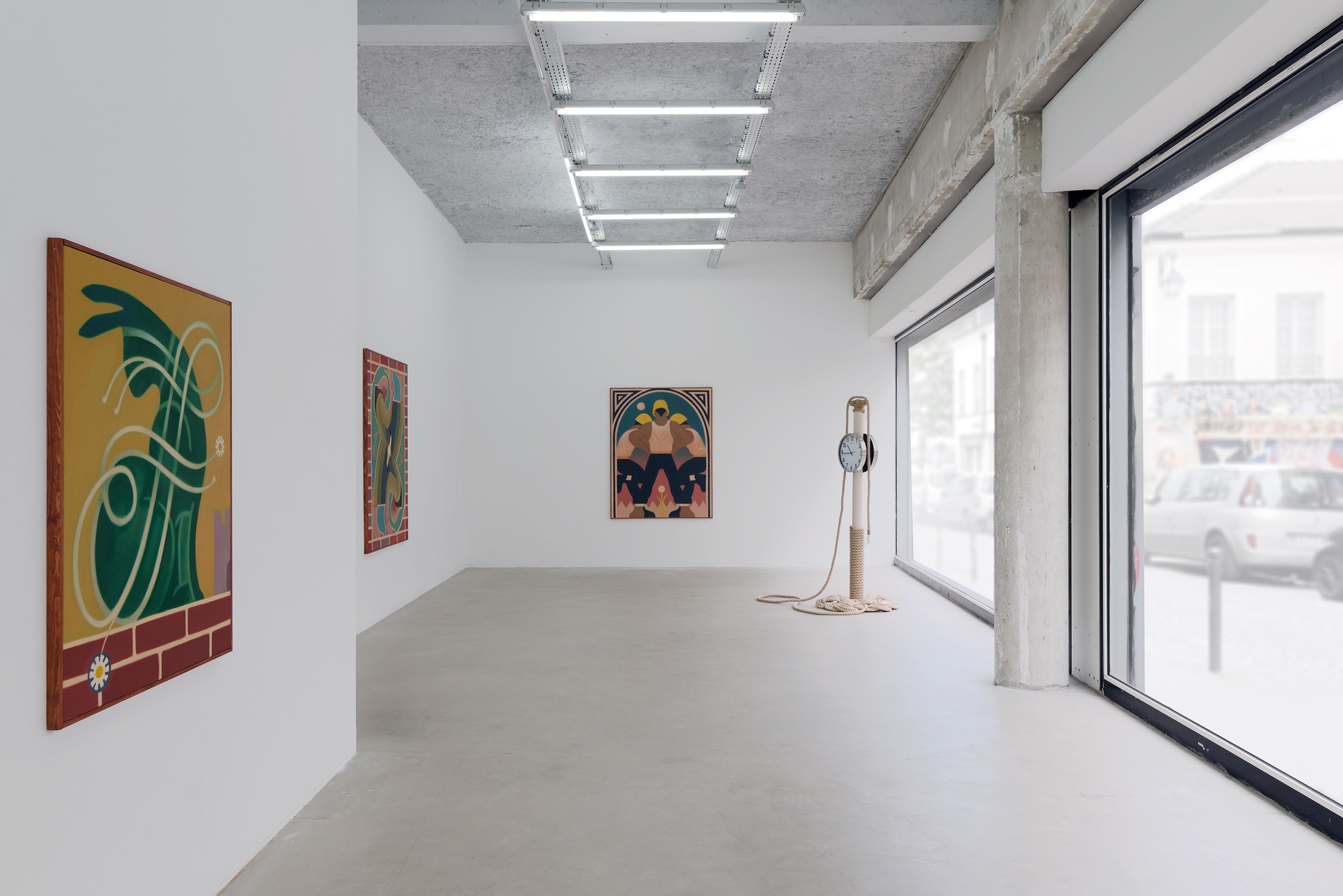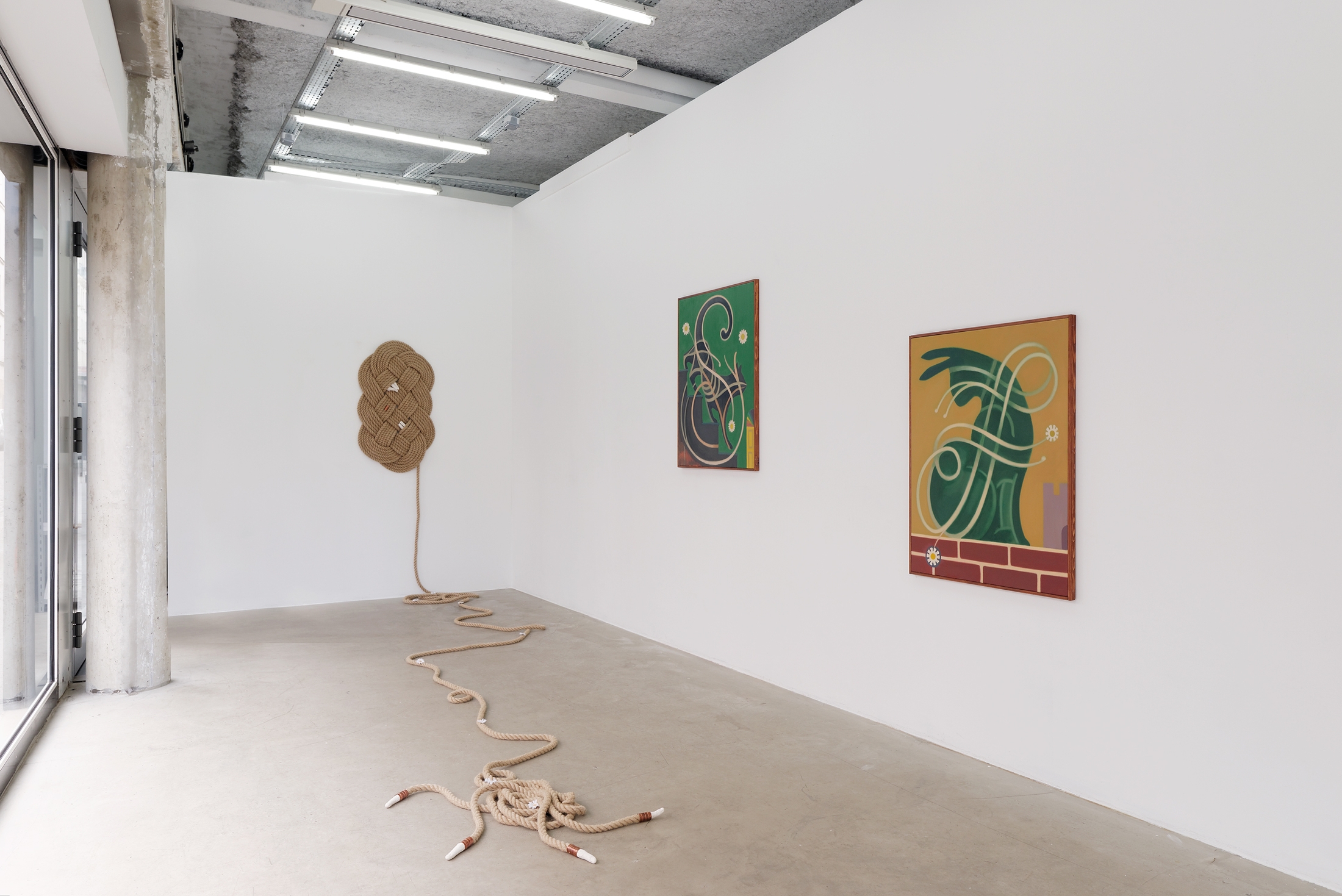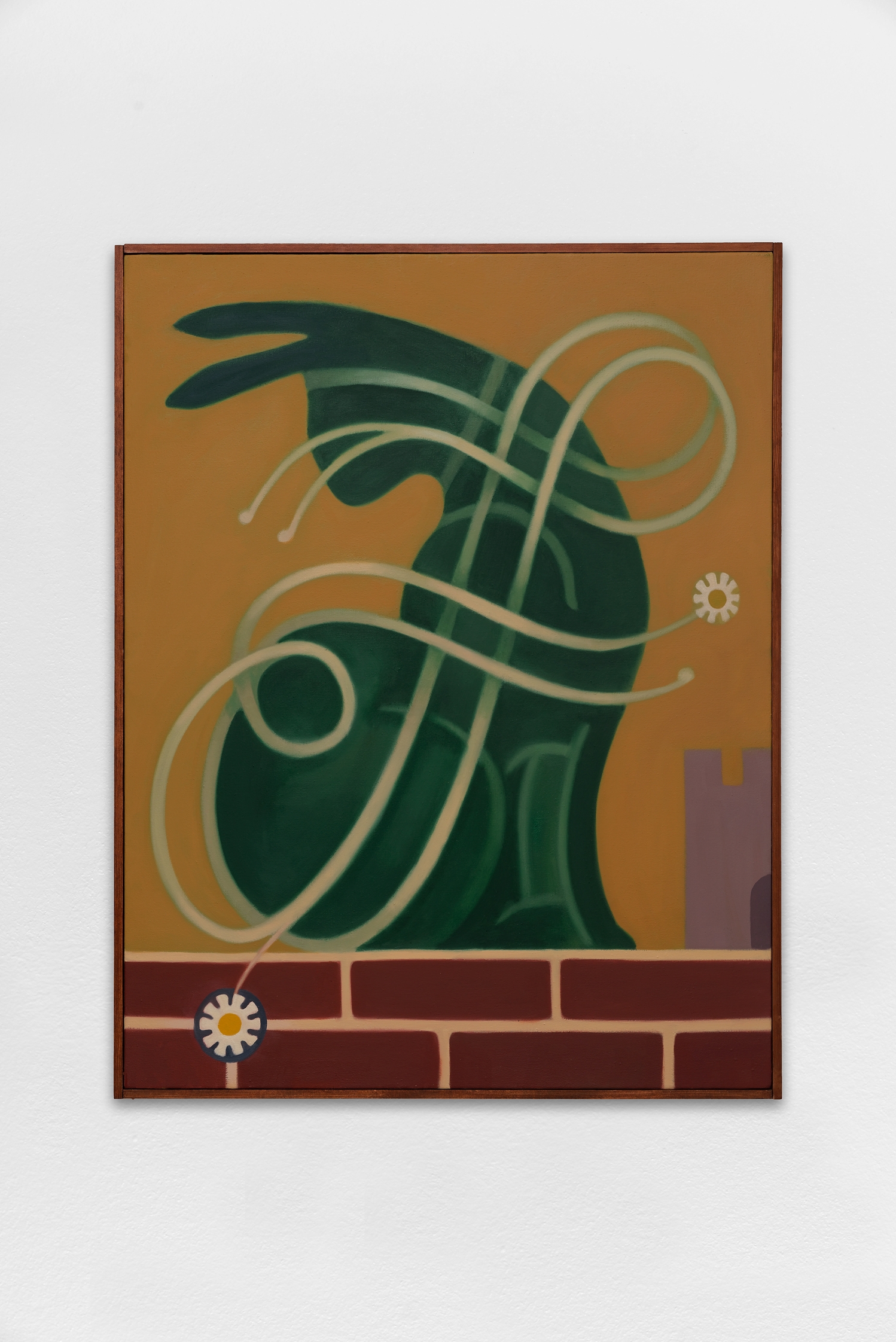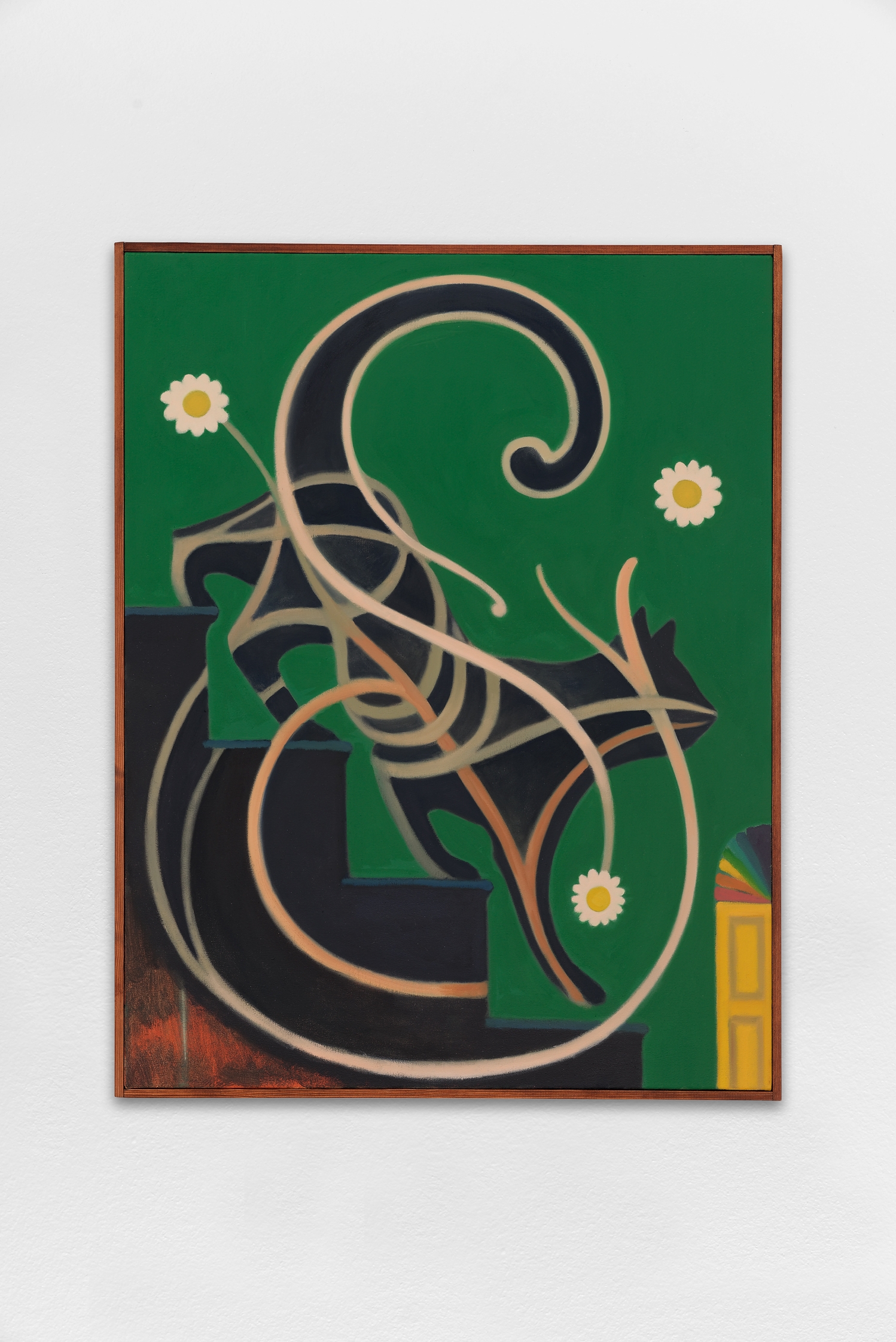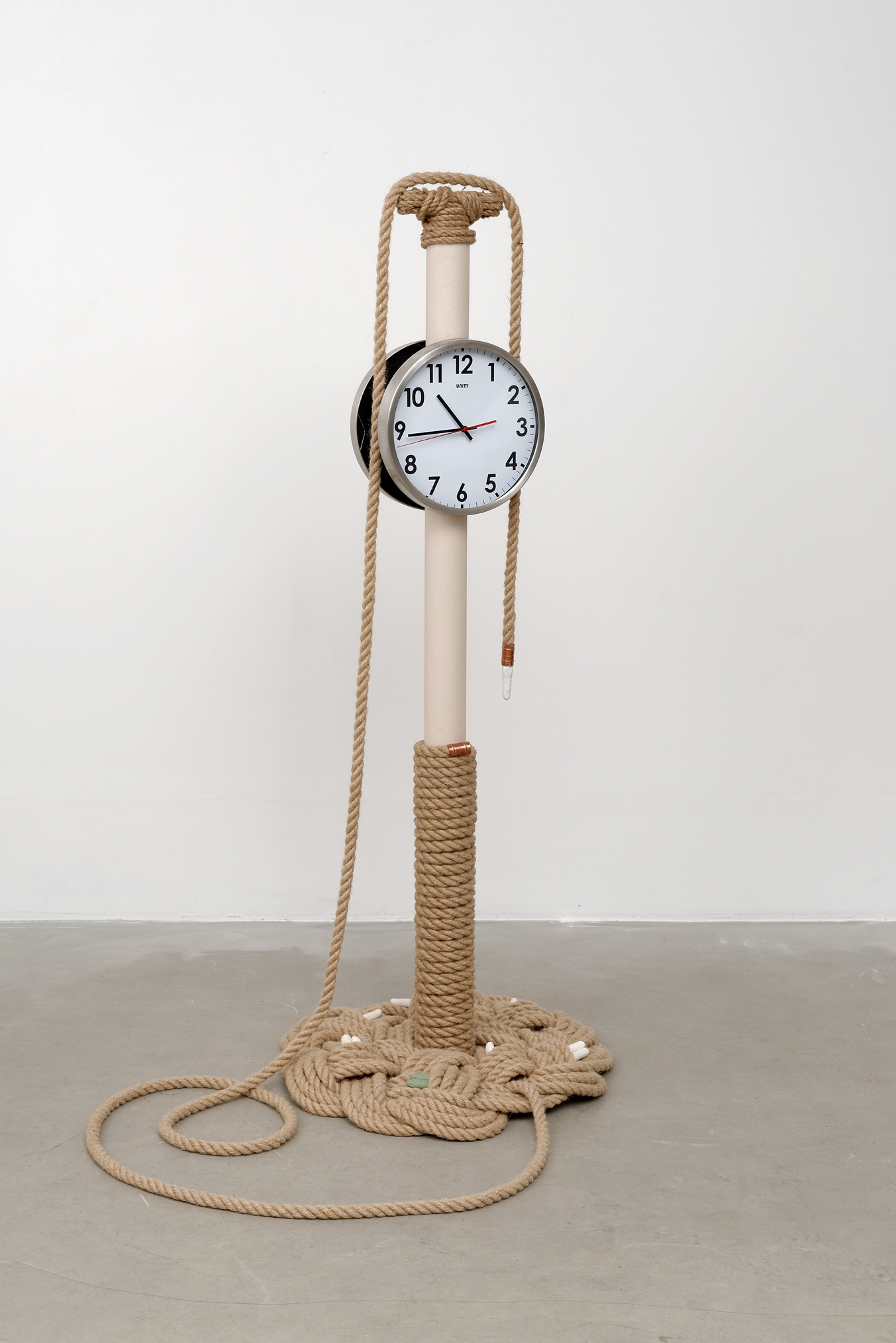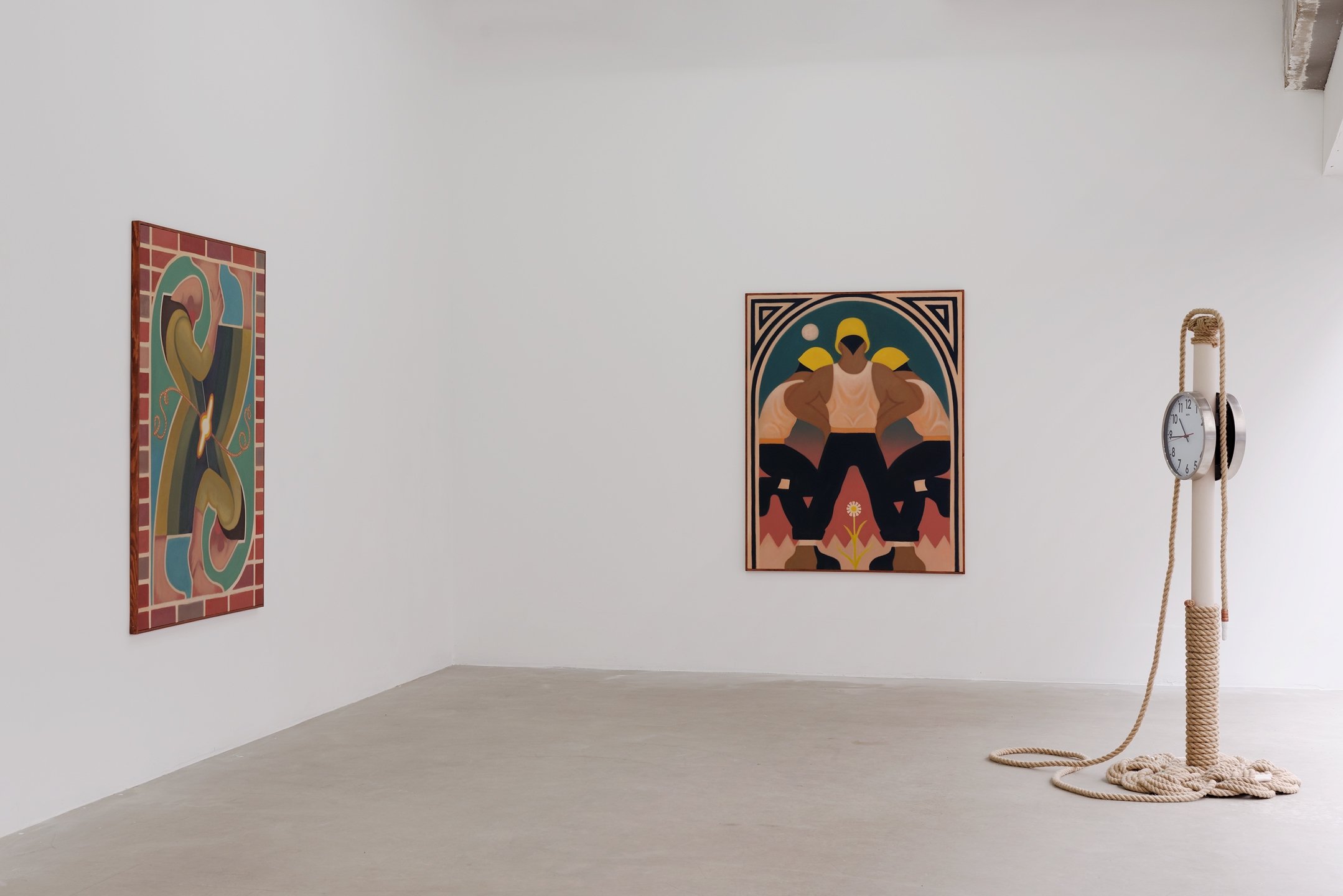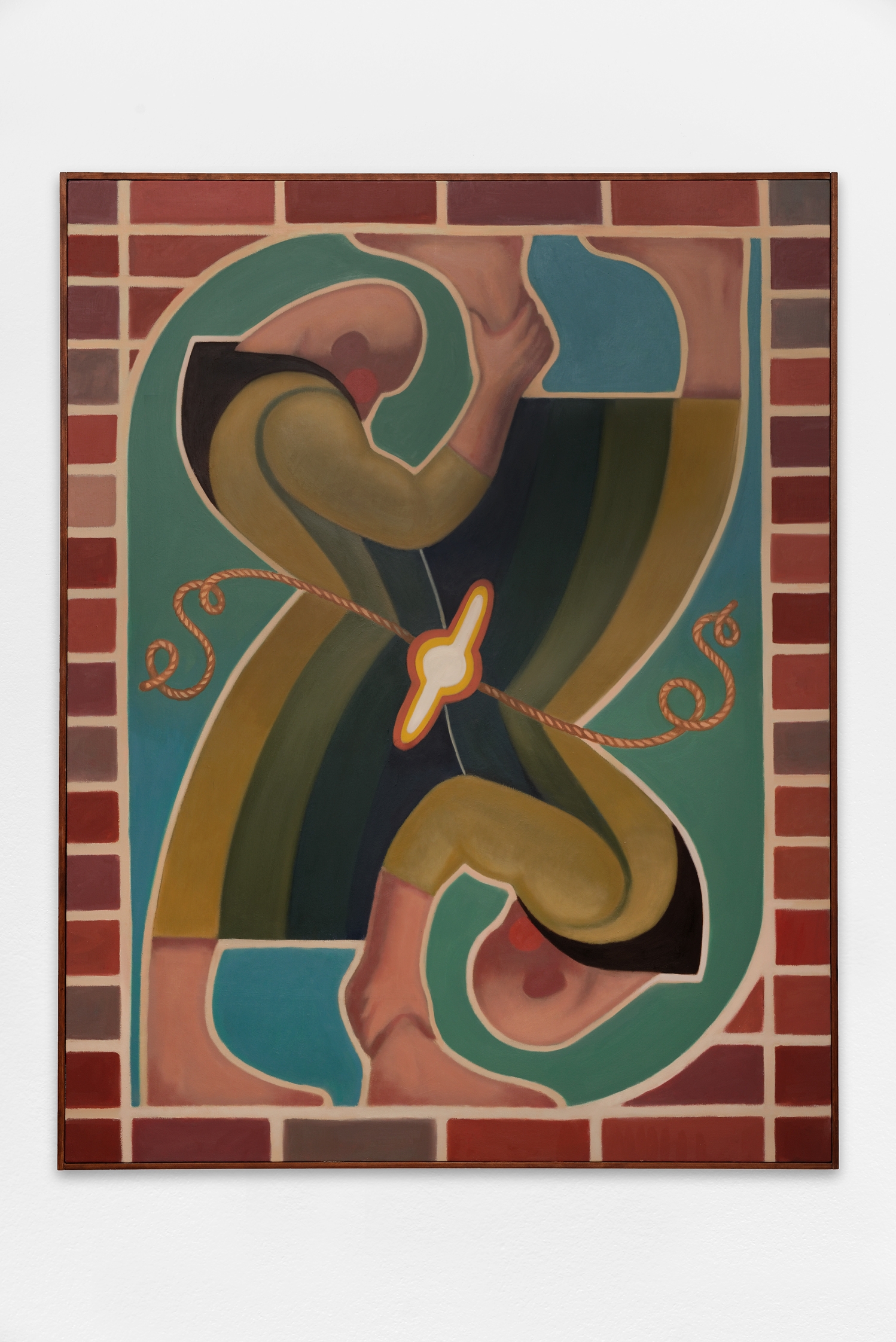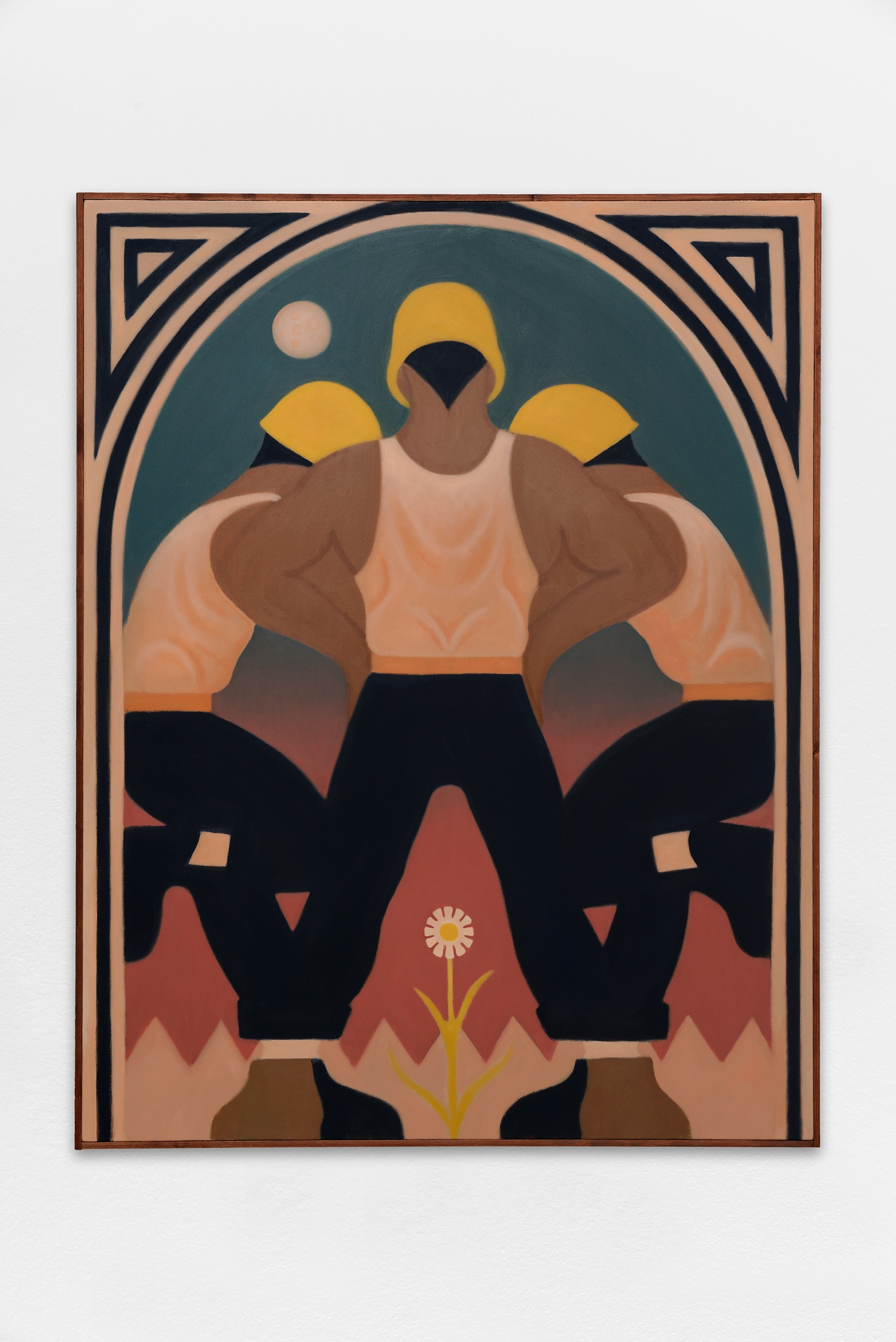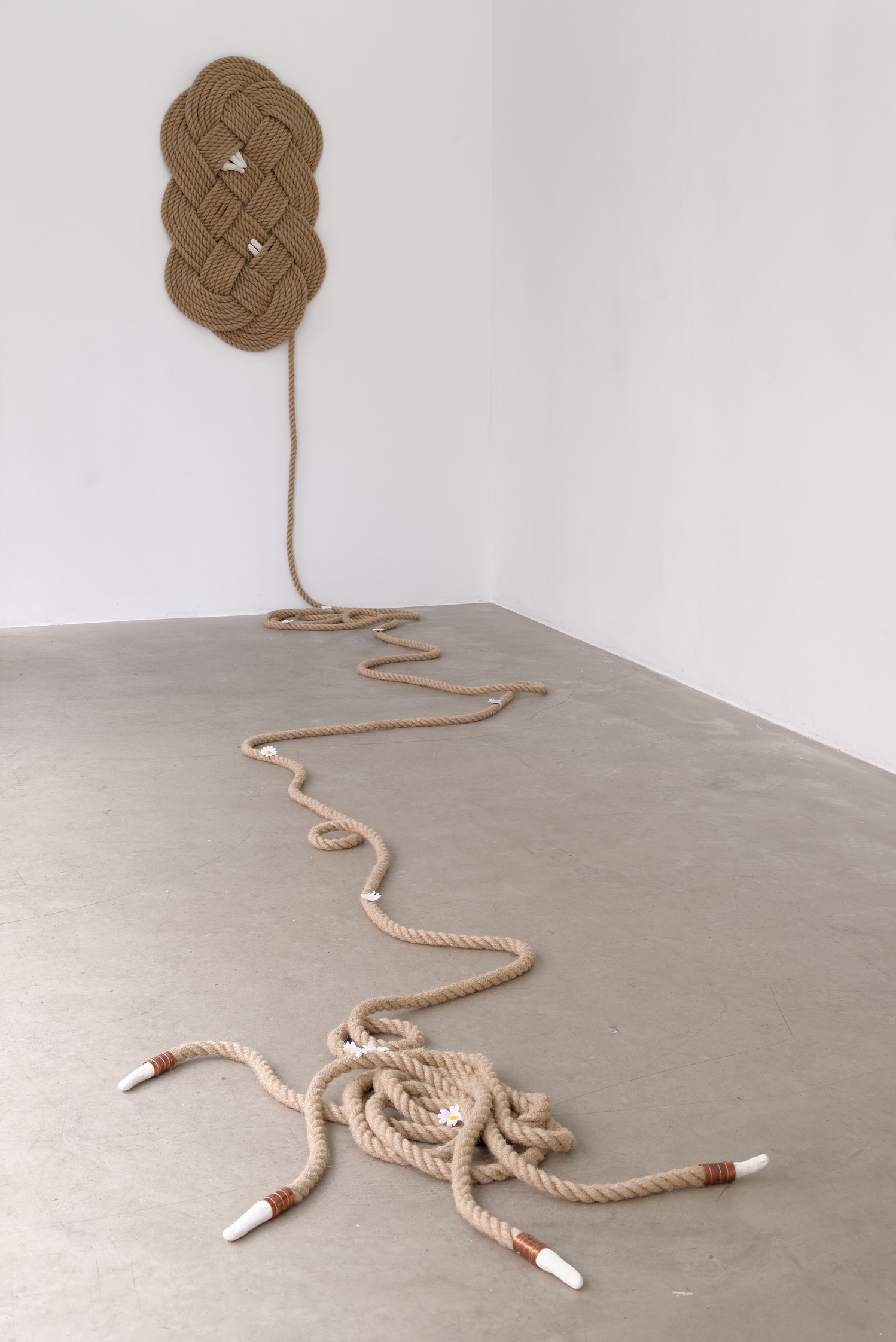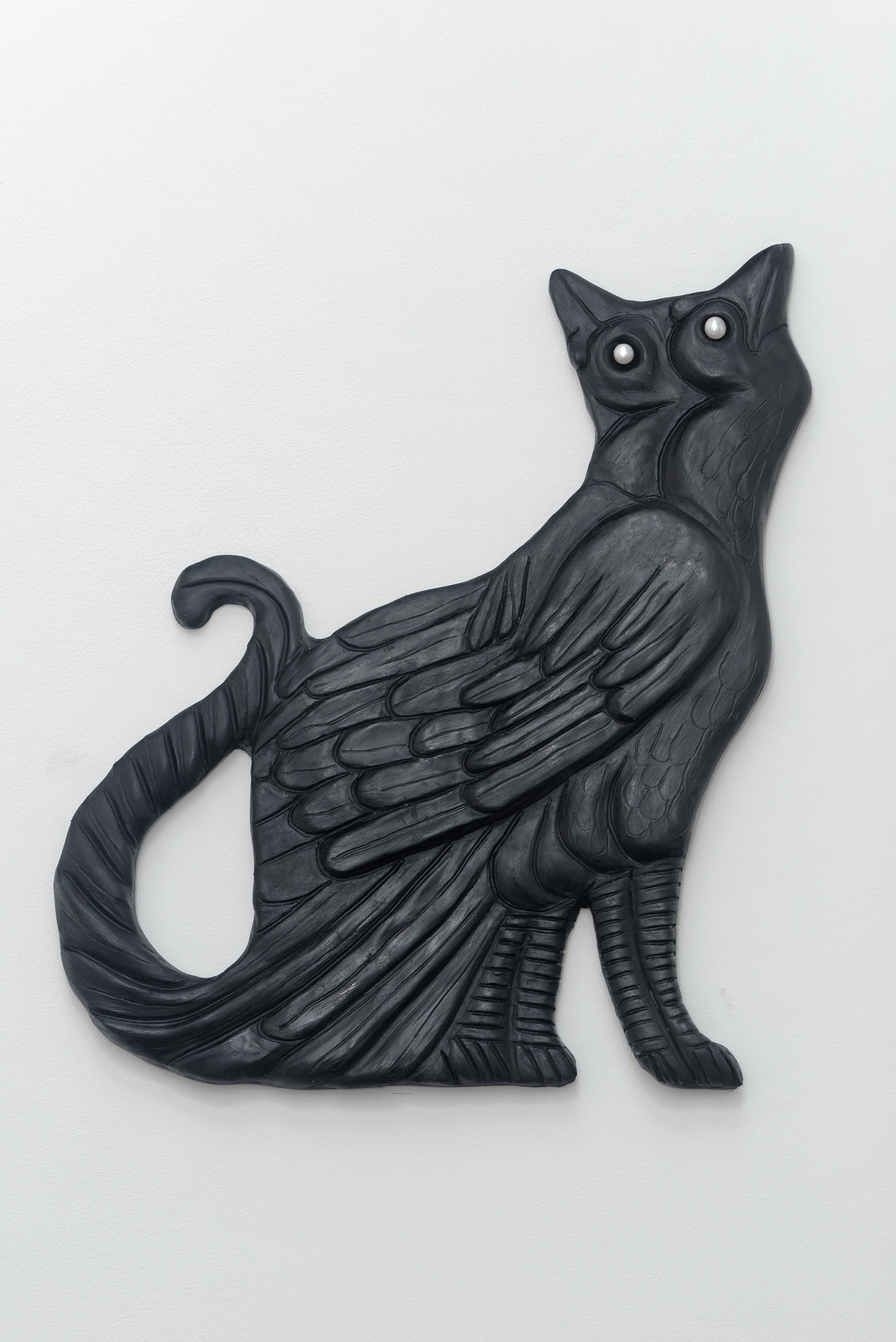In English when the word Uranus is spoken it immediately becomes a joke. The word for all it’s noble cosmic intentions consistently points to the body, to the site of the most partizan, de-gendered subject of bodily humour, the anus. The planetary sphere meets the most abject of openings. Uranus is also the name of the magazine of gay emancipatory texts published by Karl Ulrichs in Jan 1870. He coined the phrase Uranian (Urning) to describe homosexuals, part of a pseudo-scientific classification of gay men and women (Urning, Urningin, Mannling, Weibling, etc) in order to convince society of the legitimacy of gayness, and to challenge the prevailing view of it as pathology or sickness.
In the introduction to Arthur Evans ‘Witchcraft and the queer counterculture’ the author states that writing a gay history should be appended by mythology and authorial invention, given that it is a history that is ‘mostly concerned with the victims of Western civilisation, rather than their rulers’. Documented gay history without this fabulist invention is one concerned only with punitive charges and death written from the position of the aggressors. This exhibition takes the idea of infection as a metaphor for the re-appropriating of history with a gay voice. Infection is a metaphor which historically has been aligned and entwined with gay male identity, in relationship to AIDS of course, but also the underlying notion that AIDS made physical: the conservative terror of gayness as an infectious idea. Here infection is deployed as a countermovement, the idea of moving backwards in time and infecting history from the gay present. Infection is framed as a relationship between two bodies, where instead of the physical meeting of bodies in anal or vaginal penetration we get a more intimate meeting of bodies, that of the cells of the host body and the infectious agents own cells. Virus, bacteria, parasites. The body becomes transformed by infection, becomes something between body and parasite. Infection thus becomes a way to discuss differing modes of influence in relation to society. Does the radical nature of same sex desire relate to the general society in the way of two partners fucking, or does it relate to a host body and an infection? Instead of an assimilationist position, or a radical rejection of society, perhaps infection imagines a viral relationship between gay identity and society at large, it’s radicalness infecting the host body.
« I am interested in the act of painting as a way to explore the idea of conceptual metaphors, metaphors that structure our world view and perspective. ( see ‘metaphors we live by’ by Lakoff) . For me, painting, in an improvisational mode, can turn the process of metaphor into a visual performance or an evidence, a constant sliding across the surface of a subject, it can enact the semantic jumps the mind makes when likening one thing to another and it provides an evidence of this fundamental activity. I have used text and text-like forms in my paintings a lot, and my interest is around the borders of where text becomes body, things that can hover between legibility and sensibility. I am interested in the choosing of objects to invest with meaning and create a narrative, but also to look at the mechanics and syntax of that meaning and how it is created. Painting becomes a machine that allows metonymic growth, a kind of world building. »
♡
En anglais, lorsque le mot Uranus est prononcé, il devient immédiatement une blague. Le mot avec toutes ses nobles intentions cosmiques renvoie systématiquement au corps, à la partie propice à l’humour corporel le plus partisan, dé-genré, l’anus. La sphère planétaire rencontre la plus abjecte des ouvertures.
« Uranus » est également le nom de la revue de textes gays d’emancipation publiés par Karl Ulrichs en janvier 1870. Il a inventé l’expression Uranian (Urning) pour décrire les homosexuels, faisant partie d’une classification pseudo-scientifique des hommes et des femmes homosexuels (Urning, Urningin, Mannling , Weibling, etc.) afin de convaincre la société de la légitimité de l’homosexualité et de contester la perception dominante comme une pathologie.
Dans son introduction à «Witchcraft and the queer counterculture », Arthur Evans affirme que l’écriture d’une histoire gay doit comprendre une part de mythologie et d’invention d’auteur, étant donné que cette histoire « concerne principalement les victimes de la civilisation occidentale plutôt que leurs dirigeants ». Une histoire gay documentée sans cette invention fabuliste se résumait donc uniquement à la liste des accusations et condamnations à mort rédigée du point de vue des agresseurs. L’exposition se base sur l’idée de l’infection comme métaphore afin de se ré approprier l’histoire avec une voix gay.
L’infection est une métaphore qui a toujours été intimement liée à l’identité gay masculine, en rapport évidemment avec le SIDA lui-même, mais aussi en rapport avec l’idée sous-jacente que le SIDA a rendue concrète : la terreur conservatrice de l’homosexualité comme contagieuse.
Ici, l’infection est déployée comme un contre-mouvement, afin de remonter dans le temps et d’infecter l’histoire à partir du présent gay. L’infection est vue comme une relation entre deux corps. A la rencontre physique des corps dans la pénétration anale ou vaginale se substitue une union plus intime : celle des cellules du corps hôte et des propres cellules de l’agent infectieux. Virus, bactéries, parasites. Le corps se transforme par l’infection et devient une entité entre corps et parasite. L’infection devient ainsi un moyen de parler des différents modes d’influence en rapport à la société. Est ce que la nature radicale du désir de même sexe se rapporte à la société en général comme deux partenaires qui baisent, ou est-ce qu’elle se rapporte à un corps hôte et son infection? Au lieu d’une posture assimilationniste, ou d’un rejet radical de la société, l’infection imagine peut-être une relation virale entre l’identité gay et la société au sens large, sa radicalité infectant le corps hôte.
« Je conçois l’acte de peindre comme un moyen d’explorer l’idée de métaphores conceptuelles, métaphores qui structurent une vision, et une perspective du monde. (Voir «métaphores que nous vivons» par Lakoff). Pour moi, peindre dans le mode de l’improvisation peut transformer le processus de métaphore en une performance ou en une preuve visuelle, un glissement constant à travers la surface d’un sujet, et ordonner les sauts sémantiques que l’esprit fait lorsqu’il compare une chose à une autre, en fournissant la preuve de cette activité fondamentale. J’utilise beaucoup de texte et de formes textuelles dans mes tableaux, et je m’intéresse au moment charnière où le texte devient corps, aux choses qui peuvent osciller entre lisibilité et sensibilité. Je m’intéresse au choix des objets à investir de sens pour créer un récit, mais aussi à l’observation de la mécanique et la syntaxe de la signification et de la façon dont elle est créé. La peinture devient une machine qui permet une croissance métonymique, une sorte de construction d’un monde. »

